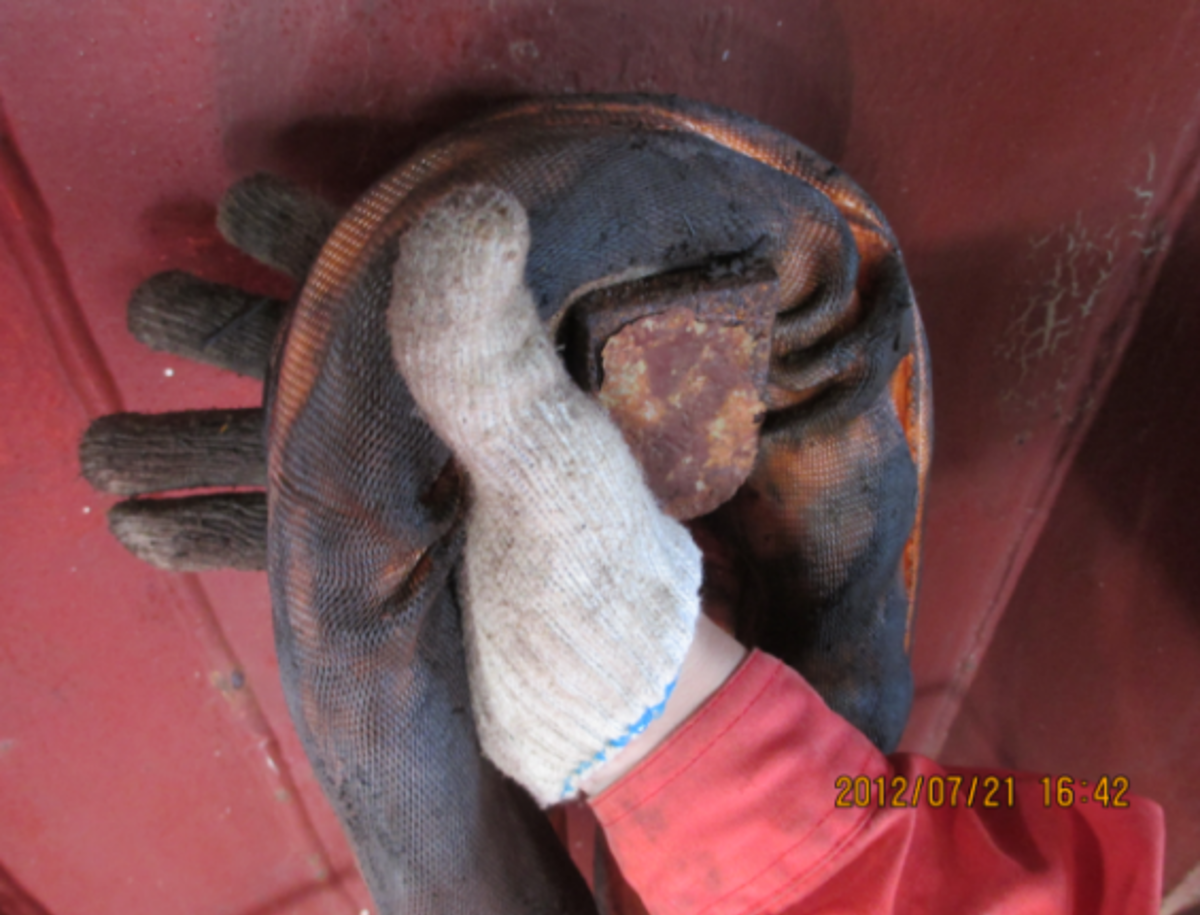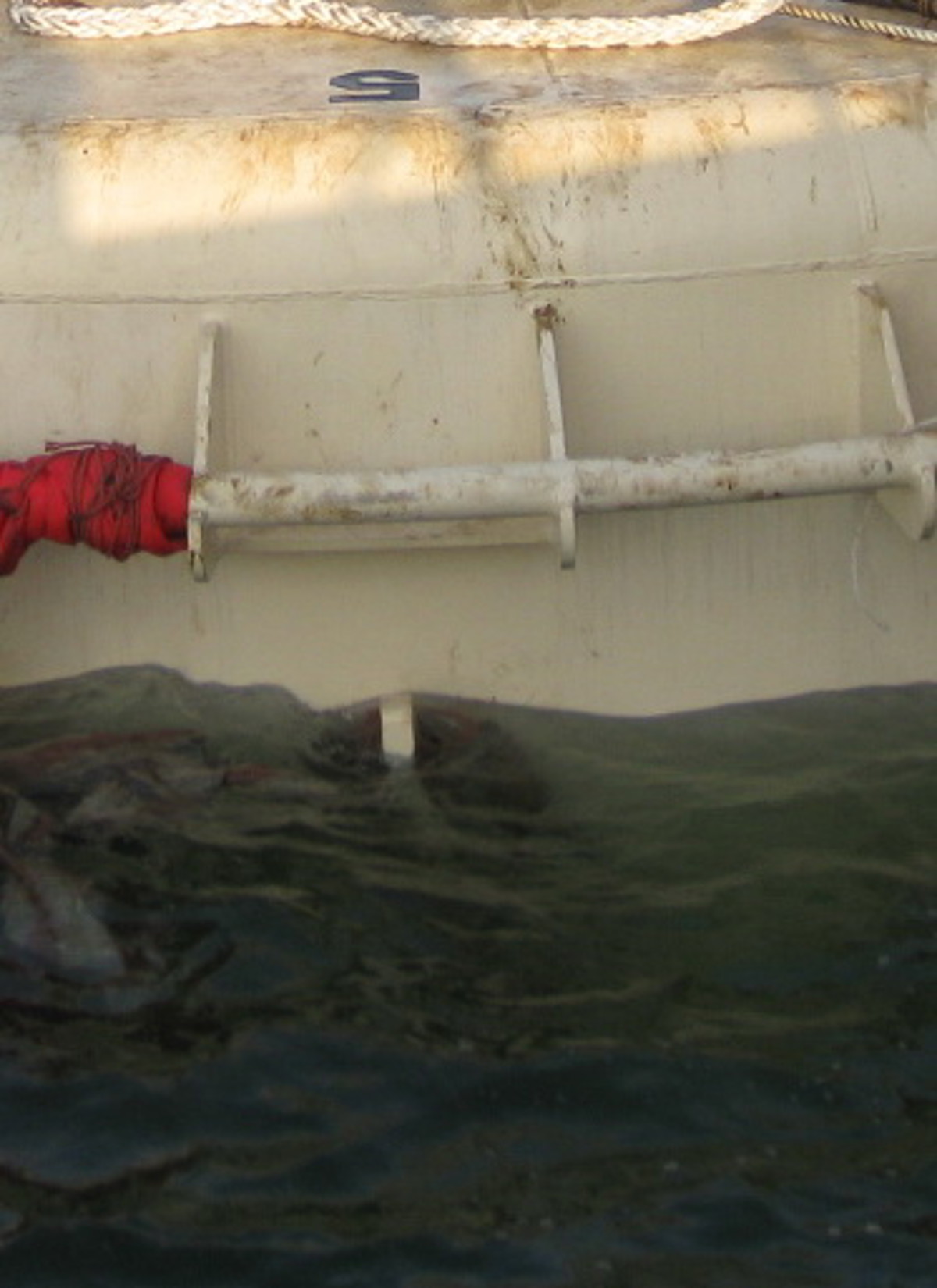Lost time injury (LTI): Serious hand injury during subsea lifting operations
- Safety Flash
- Published on 11 December 2012
- Generated on 4 July 2025
- IMCA SF 13/12
- 2 minute read
Jump to:
A Member has reported an incident in which a diver injured his hand during subsea lifting operations.
What happened?
A diver was about to pull a 4m round sling (20 ton SWL) through a master link. While he was hanging the two-headed sling eyes on the corresponding hang-off point, his right hand thumb and index finger were sandwiched between the sling and hang-off point, resulting in a crush injury. The diver reported this to the dive supervisor immediately, and the supervisor arranged for emergency recovery of the injured diver. After he was recovered to surface, he received emergency medical treatment before being evacuated ashore by helicopter.
The company’s investigation revealed that:
- The hang-off point was relatively short, approximately 13cm (see figure above right), while the diameter of the sling was 6cm, and the thickness of the two-headed sling eyes was 12cm.
- The sling had a tendency to come off the hook under the influence of wave surge.
- The moment the diver finished and left the area to wait for the lifting operation, the sling became unhooked, resulting in it being necessary for him to return and repeat the operation several times.
- After repeating the operation several times, the diver became irritable and grasped the sling in an incorrect way, putting himself in danger, resulting in the injury.
- The diver was working in the splash zone; the swell made it very difficult for him to control himself. The diver had reported that his bailout cylinder and helmet frequently hit the underwater structure.
Our Member took the following actions:
Following safety stand-down, medical evacuation of injured person and appropriate discussion of the incident, the company took the following actions:
- Banded the 4m x 20Te SWL round sling and created plan to use two tail ropes to pull the round sling, avoiding the occurrence of unhook.
- Ensured all the divers understood about the change in work procedures.
IMCA Safety Flashes summarise key safety matters and incidents, allowing lessons to be more easily learnt for the benefit of the entire offshore industry.
The effectiveness of the IMCA Safety Flash system depends on the industry sharing information and so avoiding repeat incidents. Incidents are classified according to IOGP's Life Saving Rules.
All information is anonymised or sanitised, as appropriate, and warnings for graphic content included where possible.
IMCA makes every effort to ensure both the accuracy and reliability of the information shared, but is not be liable for any guidance and/or recommendation and/or statement herein contained.
The information contained in this document does not fulfil or replace any individual's or Member's legal, regulatory or other duties or obligations in respect of their operations. Individuals and Members remain solely responsible for the safe, lawful and proper conduct of their operations.
Share your safety incidents with IMCA online. Sign-up to receive Safety Flashes straight to your email.



